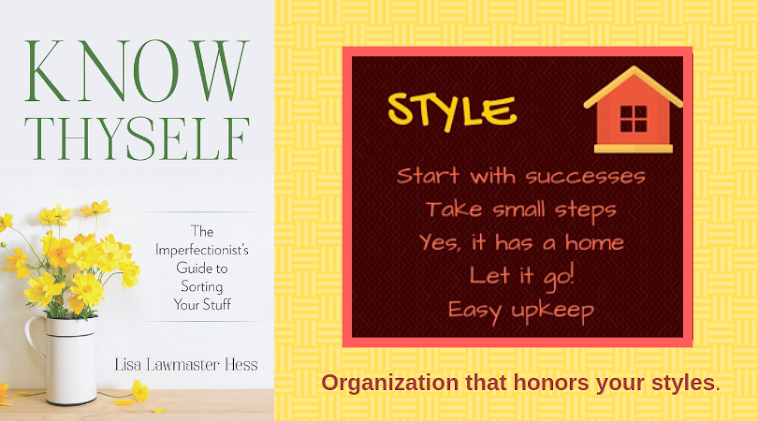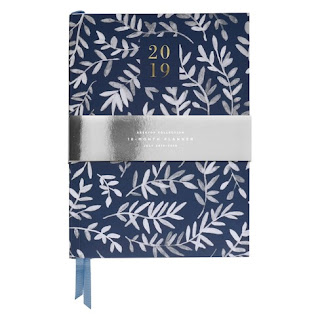 |
| Currently, the bench in our mudroom -- purchased to provide additional storage -- is about as useful as this one. (Photo: jill111 via Pixabay) |
Other times, similar piles (on different surfaces) blend right into the background.
Last week, for example, I went to sit on a bench in our mudroom to pull on a pair of boots. Only I couldn't.
Rolled up newspapers held an incongruous place of honor between a reusable grocery bag full of books to be donated to the library -- which has been there for months, I might add -- and a basket full of miscellany which has been there even longer.
Why do we have a bench if we can't sit on it? And why did it take me so long to ask this question?
Because the thing is, I don't remember the last time we could sit on this bench. The accumulation of "temporary" homeless items has been so gradual that's it's almost as if this bench really is their home.
Only it isn't. Again, I reiterate. Why do we have a bench if we can't sit on it?
Coats hang on hooks behind the bench, further complicating matters. When we first decorated the mudroom, this seemed logical. After all, we'd seen many hook-and-bench units as we went in search of the one that worked for us, so it seemed only logical to put the bench we eventually purchased under the hooks we'd already hung.
Why again? If there are coats hanging on the hooks, that makes it even more challenging to sit on the bench.
I don't expect you to answer any of these questions, let alone solve the mystery of what goes where in our mudroom but, clearly, I need to.
In December and January, a large bookshelf took up temporary residence to the right of the bench and the hooks so that we could make space for our Christmas tree. Now that the room has been restored to its usual configuration, it's clearly time to take a closer look at where things are and where they should be -- a task I will add to my list of things to do while I'm on break next week.
It's so easy to grow so accustomed to the landscape of our homes that we don't see what needs to be done, leaving homeless items collecting dust in plain sight. The bench situation is one I am overjoyed to be remedying -- and soon -- because, once I do, I'll have the best of all possible organizational rewards.
Clear space.








